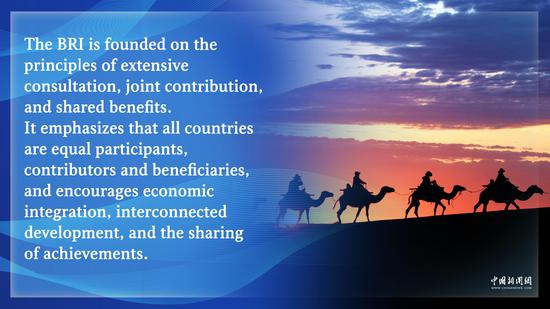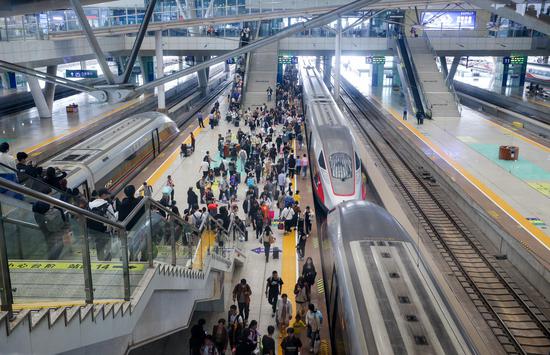The National Bureau of Statistics said on Tuesday that it will launch a nationwide population sample survey this year to accurately and promptly monitor demographic development and inform the formulation of economic and social development plans and population policies.
The survey will be carried out from Tuesday to the end of November in selected urban and rural regions on the mainland.
Participating residents will be asked about basic information including age, gender, race, education level, job, marital and fertility status, and housing situation. They will either talk to survey workers going door-to-door or submit information online.
China carries out a census every 10 years on years ending with zero. It also conducts a population survey covering one percent of the population every year ending with five and a sample survey covering 0.1 percent of the population in all remaining years.
This year's survey has come as China recorded its first population decline in over six decades last year, and all eyes are on the outcome of its three-child policy that allows all couples to have up to three children, which was announced in May 2021.
The country's population fell by 850,000 in 2022 from the previous year, largely resulting from a declining number of newborns, low willingness to have babies and delays in marriage and childbearing.
Researchers from the China Population and Development Research center, including the center's director He Dan, said in a research paper released recently that China has promptly adjusted its fertility policy over the years, which helped raise the willingness of families to have more babies and increase overall fertility level to some extent.
However, the downward trend remains persistent and a fall in population emerged about five years earlier than expected, according to the article shared on the center's WeChat account on Monday.
They said that in the coming five or more years, China's population will neither decline nor grow greatly, and immediate efforts should be made to reverse the decreasing trend of births and achieve an appropriate fertility level.
They stressed that systematic supportive measures should be rolled out to reduce costs of giving birth, and rearing and educating children. Key measures should center around maternal insurance policies and nursery care services.


















































 京公网安备 11010202009201号
京公网安备 11010202009201号